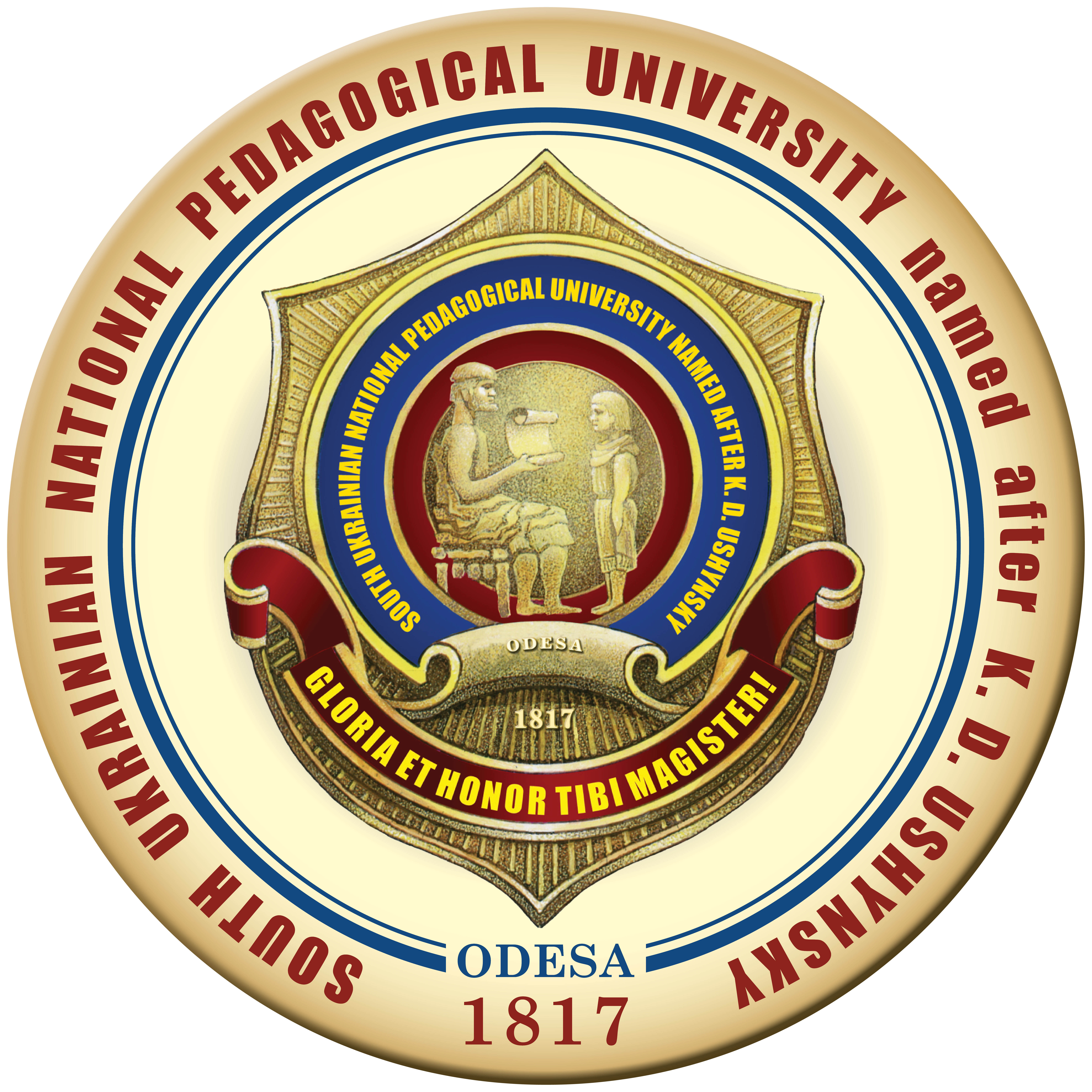FEATURES OF THE WORK PROGRAM IN THE CURRICULUM DISCIPLINE “SPORTS FACILITIES AND EQUIPMENT”
DOI:
https://doi.org/10.24195/olympicus/2024-2.8Keywords:
work program, sports facilities, winners, lectures, educational discipline.Abstract
The urgency of the problem. Sports facilities are complex equipment used by modern people. Sports facilities are used by all segments of the population – from preschoolers to older people, both healthy and those with special needs. Unfortunately, the network of sports facilities in Ukraine is outdated and not always interesting for today’s youth. In order to attract the younger generation to physical culture and sports, existing modern sports facilities should be reconstructed and modernized. When installing sports equipment, it is necessary to take into account the requirements of rational operation. The study of the discipline “Sports facilities and equipment” in higher educational institutions of physical education is an important link in the knowledge system of future teachers, trainers and instructors. Future specialists should acquire proper knowledge of modern sports equipment, its features, and also acquire skills in its exploitation. The purpose and task of the research is to determine the content of the work program in the educational discipline “Sports facilities and equipment” for applicants of the specialty 014.11 “Secondary education (Physical culture)” of the “bachelor” educational level. Research methods. To achieve the goal of the research, we used the following methods and techniques of scientific research: general scientific methods of theoretical knowledge, pedagogical observations. Research results. The purpose of the educational discipline is to study the general basics of the operation of sports equipment, which is intended for motor activity, physical culture and health activities at the place of residence, in educational institutions, in places of recreation, etc. Objectives of the training course: 1) acquiring knowledge of sports equipment, which ensures the development of mass physical culture and sports; 2) study of norms and rules of formation of networks of sports facilities, as well as organizational and technical measures for their design, construction and operation; 3) acquisition of theoretical and practical knowledge about the norms and rules of sports technology, the ability to apply this knowledge at the stages of design, construction and operation of sports equipment. The working program of the educational discipline is developed by the lecturer – the leading teacher of the department or by the working group of the department created for this purpose, which teaches this discipline on the basis of the educational program and the training plan of a specialist of a certain educational degree.
References
Мічуда Ю.П. Сфера фізичної культури і спорту в умовах ринку. Київ : Олімп. літ-ра, 2007. 216 с.
Дика Т.С. Формування багатофункціональних комплексів в системі міст України. Вісник ХДАДМ. Харків, 2009. 126 с.
Законодавча база фізичної культури та спорту в Україні. URL: http://www.nocukr.org/ua/officialdocuments/nok_law.html.
Палка Д.С. Концепція кооперованого використання шкільних спортивних споруд. Вісник Харківської державної академії дизайну і мистецтв. Мистецтвознавство. Архітектура. 2008. № 15. С. 87–94.
Імас Є., Мічуда Ю. Тенденції розвитку сфери фізичної культури та спорту в умовах сучасного ринку. Теорія і методика фізичного виховання і спорту. 2015. № 2. С. 142–149.
Приступа Є. Аналіз ринку фізкультурно-оздоровчих послуг у Львові. Слобожанський науково-спортивний вісник. 2017. № 6 (62). С. 74–78.
Решетило С. Спортивно-фізкультурні споруди та обладнання. Львів, 2010. 245 с.
Вінніков О.Ю. Державне фінансування організацій громадянського суспільства. Як запровадити європейські стандарти. Київ : Агентство «Україна», 2010. 224 с.
Петрук Ю.О. Еволюція типів спортивних будівель та споруд. Містобудування та територіальне планування. 2013. Вип. 50. С. 537–541.
Про фізичну культуру і спорт : Закон України № 7 від 19.11.2010 р. / Кабінет Міністрів України. Київ : 2010. 50 с.
Борек З. Польський досвід оздоровчо-рекреаційної діяльності з використанням спортивних споруд типу «Орлик». Спортивна наука України. 2015. № 2. С. 48–54.
Концепція Загальнодержавної цільової соціальної програми «Спортивні споруди України» на 2020–2025 рр. URL : http://www.kmu.gov.ua/sport/control/uk/doccatalog/list?currDir=98679 (дата звернення: 10.02.2019).
Сергієнко В.М., Полтавцева Т. І. Технології організації спортивно-масової і фізкультурно-оздоровчої роботи. 2-е вид., перероб. і доп. Суми : СумДПУ ім. А.С. Макаренка, 2008. 164 с.
Довгенько Ю. Сучасні підходи до обліку спортивних споруд в Україні. Спортивний вісник Придніпров’я. 2010. № 3. С. 11–13.
Запорожченко О. Особливості формування об’ємно-планувальних рішень екологічних спортивних споруд. Проблеми розвитку міського середовища. 2013. Вип. 10. С. 55–64.
Про схвалення Концепції Державної цільової соціальної програми розвитку фізичної культури і спорту на період до 2020 року: розпорядження Кабінету Міністрів України від 9.12.2015 р. № 1320-р. URL: http://zakon5.rada.gov.ua/laws/show/1320-2015-р (дата звернення: 11.01.2017).
Єдиний електронний всеукраїнський реєстр спортивних споруд. URL: http://dsmsu.gov.ua/index/ua/material/7402
Мамалига С.В. Сучасні напрямки розвитку маркетингу. Економіка і управління. 2012. № 3. С. 72–77.







